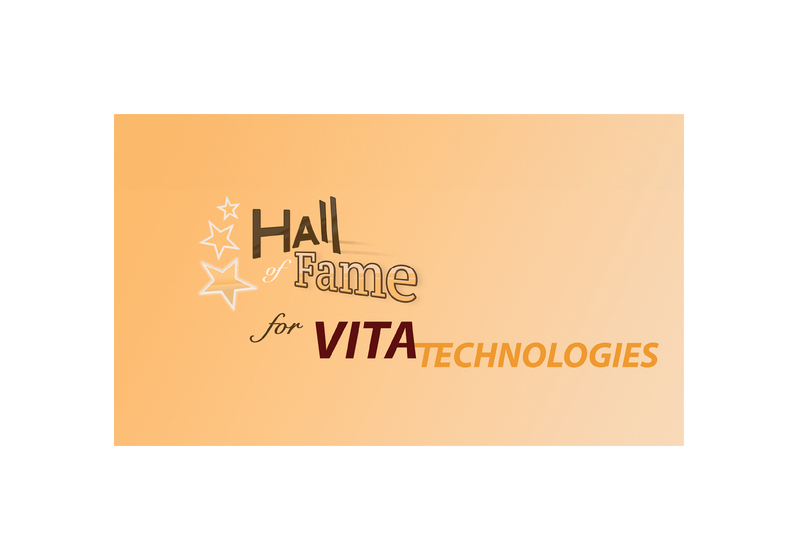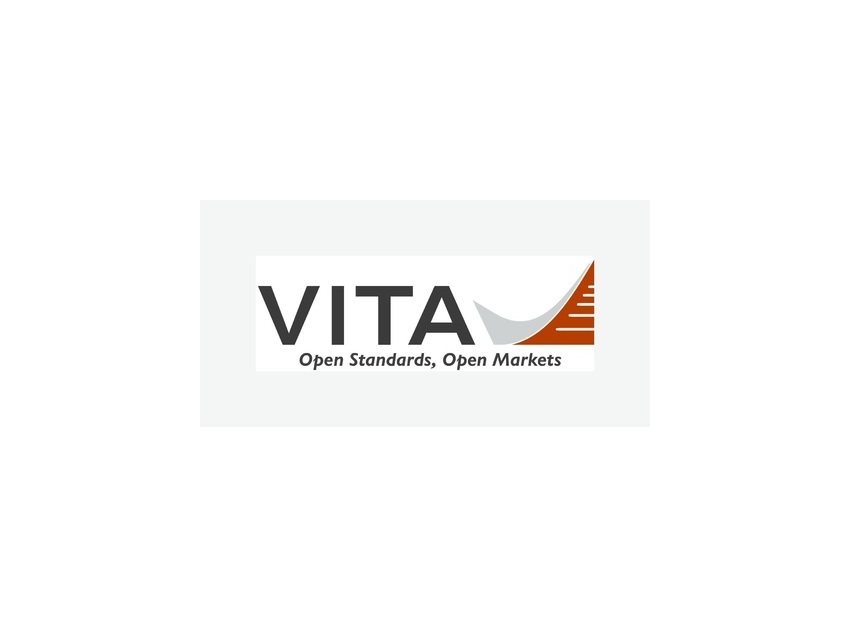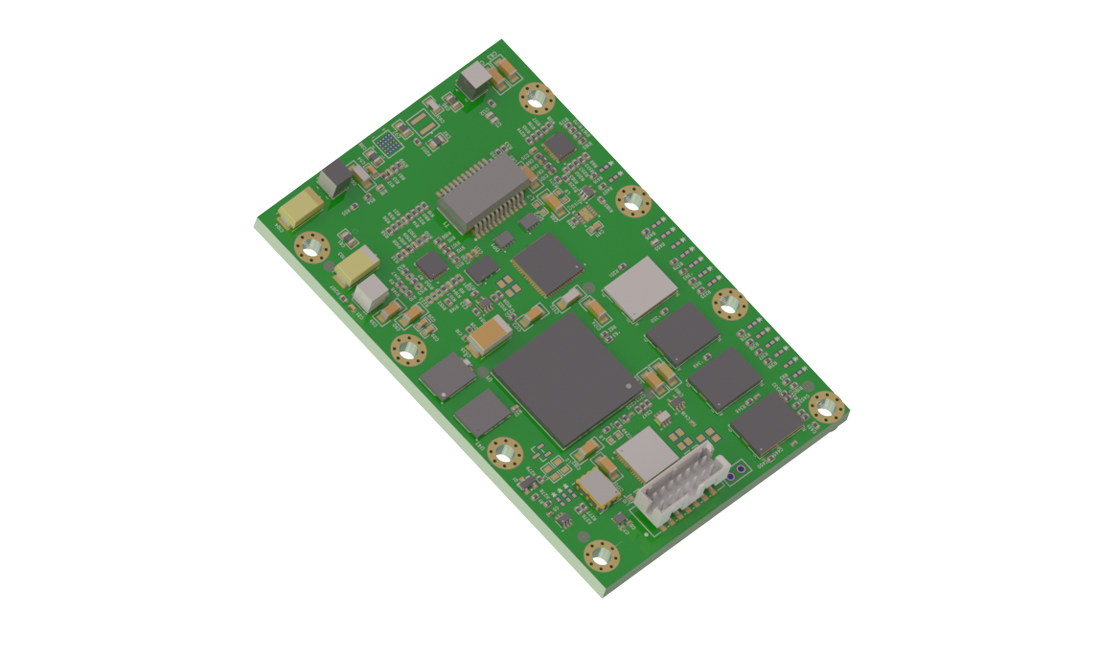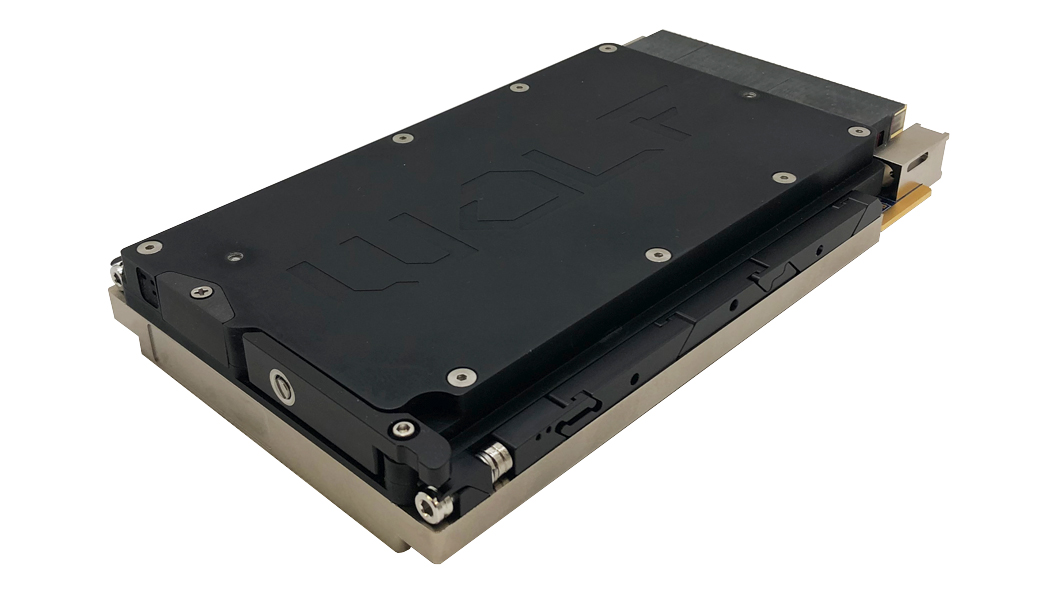Accordingly, the 2003 VITA 40 (Status Indicator) standard is being updated with new features and refinements to make it widely applicable to all types of systems and components. Although originally developed for industrial computer boards, the consistency and effectiveness VITA 40 provides can significantly reduce the probability of costly service and operational errors for any product, and it offers an implementation toolbox for product engineers.
What VITA 40 delivers and why
The implementation of status indicators in nonmilitary mission-critical, industrial, and commercial products today is extremely inconsistent and often based on old technology. It appears that virtually every company and committee having anything to do with implementing LEDs comes up with solutions independently and usually without any reference to human factors standards or expertise. One of the worst practices is to perpetrate bad solutions by adopting a previous committee’s or company’s original flawed guidance.
ANSI/VITA 40-2003 was created to provide intuitive and consistent status indicator implementations such as color, behavior, and meaning based on existing human factors standards, guidelines, and engineering "best practices." Where conflicts existed among different standards and guidelines, every effort was made to choose the most universally accepted practice. In some cases, such as when optimizing standby blink, usability research was conducted to validate aspects of the VITA 40 standard.
Simple provisions in VITA 40, such as mandating the consistent meaning of color, can have a profound effect on the effectiveness of an indicator. In accord with human factors standards, VITA 40 uses green to indicate normal conditions, and amber to indicate abnormal conditions. VITA 40 also specifies a standard set of reliably discriminable indicator behaviors, which, when combined with colors, constitute a toolbox any product developer can use to effectively implement status indicators.
VITA 40 enhancements underway
The VITA 40 update now underway will add some significant enhancements to the existing standard. These are based on needs identified by users of the standard over the past five years. They include:
- Providing implementation guidance for one-, two-, and three-light applications so there can be consistency with VITA 40 even when space is very limited
- Addition of behaviors including unison and sequential blinking of multiple indicators
- Solutions for additional conditions including indication that diagnostics are running, feedback upon successful installation of a hot-swapped component, indication of predicted failure, and a component identification function
- Minor adjustments to blink rates to bring them into conformance with international standards and recommended practices
To provide timely information about VITA 40 developments and updates, a dedicated website has been created at http://av40.org. This website includes extensive rationale for, and explanation about, the specific provisions of VITA 40.
Craig Hartley of Sun Microsystems, Inc. is the human factors engineering architect for hardware and VITA 40 chairperson. For more information on VITA 40, e-mail Craig at [email protected].






